False network cory - Corydoras sodalis
Scientific name: Corydoras sodalis
Common name: False network cory
Family: Callichthyidae
Usual size in fish tanks: 4 - 5 cm (1.57 - 1.97 inch)
014
Recommended pH range: 6.3 - 7.2
Recommended water hardness: 10 - 20°N (178.57 - 357.14ppm)
0°C 32°F30°C 86°F
Recommended temperature range: 21 - 26 °C (69.8 - 78.8°F)
The way how these fish reproduce: Spawning
Where the species comes from: South America
Temperament to its own species: peaceful
Temperament toward other fish species: peaceful
Usual place in the tank: Bottom levels
Food and Feeding
Corydoras sodalis, commonly known as False Network Corys, are omnivorous bottom-dwelling fish. To ensure they receive proper nutrition, provide a staple diet of sinking pellets and algae wafers. These fish thrive with occasional treats like live or frozen bloodworms and brine shrimp, which keep them active and healthy. Feeding them during the evening or after lights out aligns with their natural feeding patterns, ensuring they get their share of food even in a community tank.
Origin
Native to the lush freshwater ecosystems of South America, False Network Corys inhabit the Amazonian Basins in Brazil and Peru. These areas are characterized by soft, slightly acidic to neutral waters and dense vegetation, which serve as both shelter and a rich source of organic matter. Mimicking these conditions in an aquarium fosters their health and natural behavior.
Sexing
Determining the gender of Corydoras sodalis is straightforward in mature specimens. Viewed from above, females are larger and have a rounder, more robust body shape compared to the sleeker males. This distinction becomes more pronounced during breeding periods.
Breeding
While breeding Corydoras sodalis in aquariums remains a challenge, they are believed to reproduce in the wild as typical egg-scattering species. To encourage breeding, set up a dedicated breeding tank with a sandy substrate and spawning mops or fine-leaved plants. Simulating seasonal changes with cooler water changes can trigger spawning behavior. After eggs are laid, remove the parents to prevent predation. The eggs usually hatch within 3-5 days, and fry can be fed Infusoria initially, transitioning to newly hatched brine shrimp as they grow.
Lifespan
With optimal care, Corydoras sodalis can live for 3-5 years. Maintaining high water quality, a suitable diet, and a stress-free environment can extend their lifespan.
Tank Setup and Behavior
False Network Corys are peaceful, social fish that thrive in small groups of at least five individuals. Their natural habitat features sandy substrates, so it’s essential to use sand or fine gravel to protect their delicate barbels. Incorporate driftwood, rocks, and live plants to create hiding places and replicate their natural environment.
These Corys coexist harmoniously with other non-aggressive fish. Suitable tankmates include:
- Neon Tetras – Small, colorful companions that enhance tank activity.
- Ember Tetras – Peaceful and similar in size, making them ideal tankmates.
- Harlequin Rasboras – Add a splash of color and movement to the aquarium.
- Bolivian Rams – Gentle dwarf cichlids that share compatible water conditions.
- Otocinclus Catfish – Another bottom-dwelling species that complements Corydoras well.
Short Description
False Network Corys are a delightful addition to any peaceful community tank. Their social nature, manageable size, and gentle temperament make them perfect for both beginner and experienced aquarists. With their intricate patterning and active behavior, they bring life and charm to the bottom levels of the aquarium. Proper care, a well-designed habitat, and suitable tankmates will allow these fish to thrive and display their natural beauty.
Pictures
Bought by aqua-fish.net from jjphoto.dk.
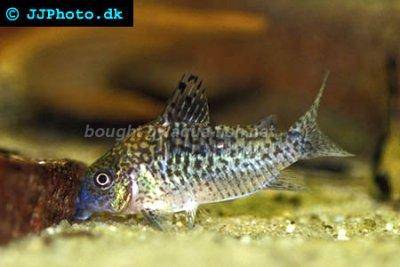











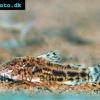 Aspidoras
Aspidoras 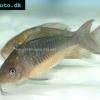 Giant
Giant 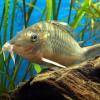 Hognosed
Hognosed 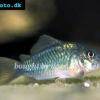 Emerald
Emerald 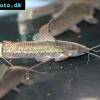 Cascarudo
Cascarudo 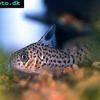 Acre
Acre 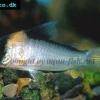 Adolfo’s
Adolfo’s 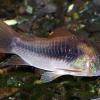 Bronze
Bronze 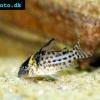 Agassizii’s
Agassizii’s 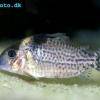 Spotted
Spotted 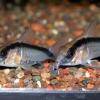 Skunk
Skunk 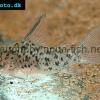 Corydoras
Corydoras 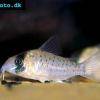 Fairy
Fairy 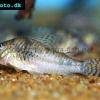 Corydoras
Corydoras 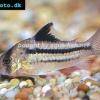 Pink
Pink 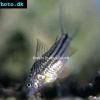 San
San 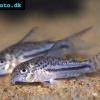 Bond’s
Bond’s  Spotted
Spotted 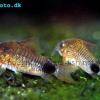 Tailspot
Tailspot 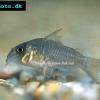 Concolor
Concolor 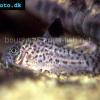 Cope’s
Cope’s 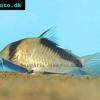 Sand’s
Sand’s 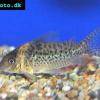 False
False 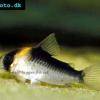 False
False 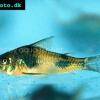 Ehrhardt’s
Ehrhardt’s 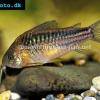 Elegant
Elegant 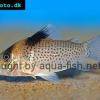 Saddle
Saddle 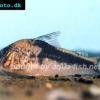 Fowler’s
Fowler’s 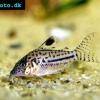 Gomezi
Gomezi 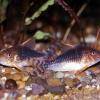 Palespotted
Palespotted 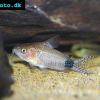 Guapore
Guapore 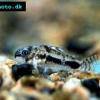 Dainty
Dainty 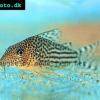 Mosaic
Mosaic 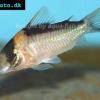 Imitator
Imitator 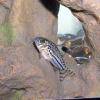 Julii
Julii 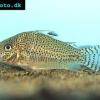 Leopard
Leopard 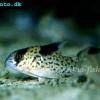 Black
Black 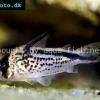 Slant-bar
Slant-bar 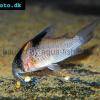 Bluespotted
Bluespotted 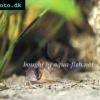 False
False 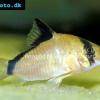 Bandit
Bandit 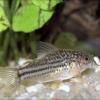 Mini
Mini 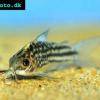 Napo
Napo 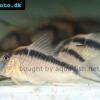 Corydoras
Corydoras 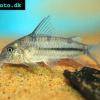 Blue
Blue 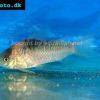 Nijssen’s
Nijssen’s 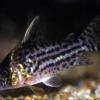 Ornate
Ornate 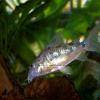 Peppered
Peppered 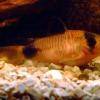 Panda
Panda 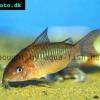 Albertini
Albertini 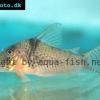 Pastaza
Pastaza 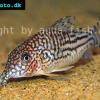 Corydoras
Corydoras 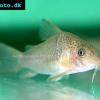 Many-spotted
Many-spotted 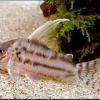 Pretty
Pretty 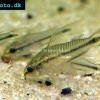 Dwarf
Dwarf 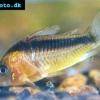 Iridescent
Iridescent 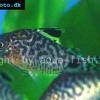 Reticulated
Reticulated 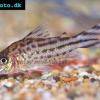 Bannertail
Bannertail 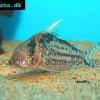 Robust
Robust 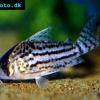 Schwartz’s
Schwartz’s 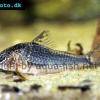 Black
Black 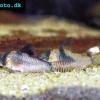 Longnosed
Longnosed 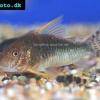 Seuss’
Seuss’ 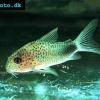 Smudge
Smudge 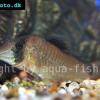 Masquerade
Masquerade 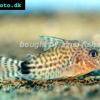 Millenium
Millenium 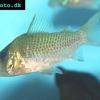 Pinkthroat
Pinkthroat 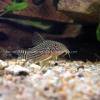 Sterba’s
Sterba’s 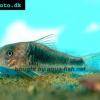 Longsnout
Longsnout 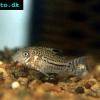 False
False 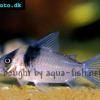 Miguelito
Miguelito 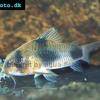 Twosaddle
Twosaddle 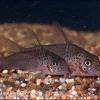 Xingu
Xingu 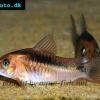 Black
Black 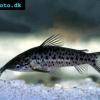 Porthole
Porthole 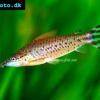 Flagtail
Flagtail 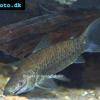 Brown
Brown 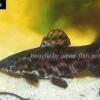 Spotted
Spotted